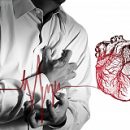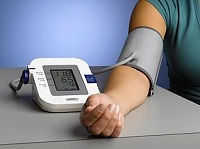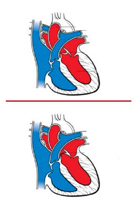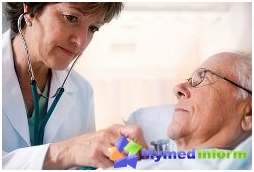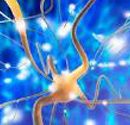Myocarditis in children whose symptoms are not always immediately discovered, may occur with any infectious disease, especially often virus etiology. Infectious myocarditis in children develops with the participation of a bacterial agent when the degree of severity of the disease depends on the acuteness of the process. We analyze the inflammation of the heart muscle in the article.
Content
 Inflammations of the heart muscle, which is most often found in childhood after transferring infectious diseases — diphtheria, angina, scarletines, influenza, abdominal typhoid, chickenpox, measles and there are myocarditis in children. Symptoms of the disease are not always clearly manifested, sometimes they can be detected only with the help of instrumental diagnostics.
Inflammations of the heart muscle, which is most often found in childhood after transferring infectious diseases — diphtheria, angina, scarletines, influenza, abdominal typhoid, chickenpox, measles and there are myocarditis in children. Symptoms of the disease are not always clearly manifested, sometimes they can be detected only with the help of instrumental diagnostics.
Among the causes of myocardial inflammation, rheumatism is given, and endocarditis and pericarditis often develops. Today, according to scientists, allergies and changes in immunity are allocated to the development of the pathological process. Myocarditis can be allergic nature due to the increased myocardial sensitivity to some disintegration microbial products, and manifest itself 12-48 hours after the administration of serum or vaccine. Non-infectious factors provoking the inflammation of the heart muscle should include drugs such as antibiotics or sulfonamides. In addition, the occurrence of the disease is possible against the background of systemic diseases of the connective tissue — Red Volchanka. Myocarditis can be primary as an independent disease, or secondary — As a manifestation of other diseases.
Main forms and variants of myocardits
The degree of severity of the disease is determined by the spread of inflammation and the activity of the procession of the process, in the course of infectious myocarditis in children revealed:
- spicy;
- subacute;
- chronic;
- Recurrent.
In acute myocardis, there is a violation of the heart rhythm in the form of tachycardia or bradycardia, extrasystolia, the development of heart failure, often there is ailment, heart pain, shortness of breath, cyanosis, swelling of the cervical veins, a significant increase in liver. Chronic forms of the disease are not very often found, more often they can be noted with a tuberculous or rheumatic genesis.
Infectious myocarditis in its course passes 2 consecutive phases:
- Infectious-toxic — occurs during pronounced intoxication.
- Infectious allergic — develops 2-3 weeks after the development of acute form or exacerbation of the chronic version of this inflammatory disease.
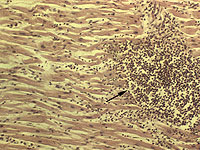 Idiopathic myocarditis — a heavier form of illness, accompanied by the development of cardiomegaly — An increase in heart size, heart rate disruption, the appearance of thrombotic masses in the heart, which are spread by the blood current, causing heart attacks and thromboembolism of other organs.
Idiopathic myocarditis — a heavier form of illness, accompanied by the development of cardiomegaly — An increase in heart size, heart rate disruption, the appearance of thrombotic masses in the heart, which are spread by the blood current, causing heart attacks and thromboembolism of other organs.
Viral myocarditis in children can be caused by any agent of viral etiology. Enteroviruses, adenoviruses, influenza viruses, simpleness, cokesaws in, polio, hepatitis, cytomegaloviruses have increased sensitivity to cardiomyocytes. Approximately 5% of cases in diseases of acute viral infection, both in children and adults can develop a heart damage. Modern medical classification is greatly important to the etiology of myocarditis, its infectious nature and allocates the following options:
- Lymphocytic myocarditis: with viral infection.
- Neutrophilic: with bacterial contamination.
- Eosinophilic: develops with parasitic invasion, the use of vaccines, sera and drugs.
In a child, the inflammation of the heart muscle is characterized by the presence of 2 types of illness:
- Congenital myocarditis can be discovered in the first days after the birth of the baby's lethargy, is accompanied by a pallor, muscle hypotension, shortness of breath, fast fatigue when feeding, frequent joining, insufficient increase in weight, swelling and pastosity of soft fabrics of the face, the expansion of heart boundaries, tachycardia, heart failure progressive.
- Acquired myocarditis.
The development of acute viral myocarditis in children is characterized by the lack of appetite, anxiety, especially at night, bredity of breath, skin sinusiness, nausea and vomiting.
The subacute and chronic form can manifest themselves pronounced cyanosis, the formation of a heart hump with a change in the chest in the region of the heart, the increase in breathing, hepatomegaly, a tendency to faint and vomiting.

